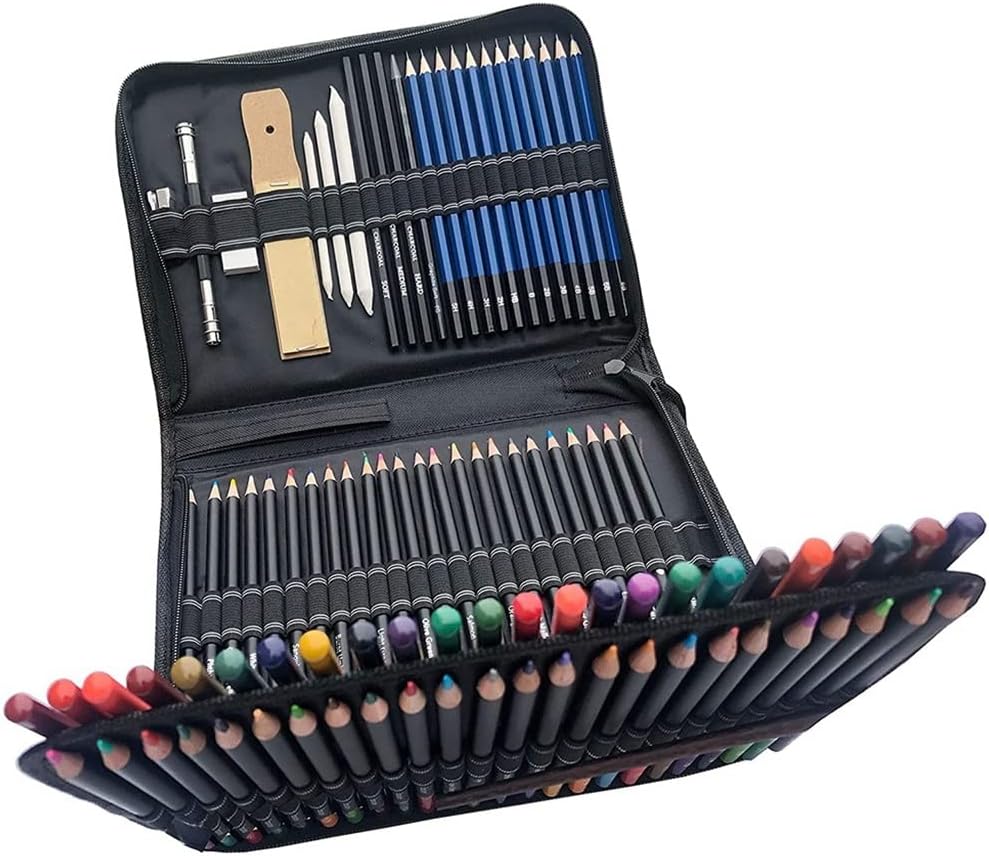Maintaining the quality and functionality of your paint brushes is integral to the longevity of your painting endeavors. In our discussion today, “How To Store Paint Brushes Between Painting Sessions,” you’ll find a comprehensive guide on proper paint brush care, specifically focusing on storage techniques to ensure optimal brush performance. Navigating through different storage methods, you’ll learn to keep your tools primed and ready, minimizing damage and maximizing your ability to produce quality artwork. Your paint brushes are the extension of your artistic ability; learning to protect and extend their life is a worthwhile investment.
Clean the brushes thoroughly
Before storing your brushes, it’s essential to clean them thoroughly. Cleaning not only increases their lifespan but also ensures they’re ready for immediate use next time. Dirty brushes can significantly decrease the quality of your work and can also be challenging to revive once the paint dries.
Remove excess paint
Start your brush cleaning process by removing excess paint. You can do this by scraping the brush against the edge of a paint can or wiping it on a rag. This step will not only reduce the amount of paint you’re washing down the drain but also make the subsequent cleaning process more effective.
Wash with warm soapy water
After removing the excess paint, wash your brushes with warm, soapy water. The heat from the warm water will loosen up the paint particles, while the soap will help dissolve the paint, making it easier to clean. Ensure all part of the bristles is soaked and swished around to allow the soap to penetrate effectively.
Rinse completely
Once you’ve washed your brushes thoroughly with warm, soapy water, ensure to rinse them completely under running water until the water runs clear. This step is crucial to remove all remaining soap and paint from the brushes.
Pat dry with a clean towel
After rinsing, pat your brushes dry with a clean, dry towel. Avoid scrubbing or wringing the bristles, as this could potentially damage them. Instead, gently press the bristles between the towel to remove as much water as possible.
Choose the right storage container
Choosing the right storage container for your brushes can extend their lifespan and maintain their quality. It can also make organizing your brushes easier and provide quick access to them when needed.
Use a brush holder or brush roll
A brush holder or brush roll can help maintain the shape of your brushes and protect the bristles from damage. Brush holders typically have individual slots for each brush, preventing the brushes from touching each other and thus avoiding any possible damage.
Opt for a container that allows the brushes to stand upright
Where possible, opt for a storage container that allows your brushes to stand upright. This positioning helps maintain the shape of the bristles and prevents them from being squashed or deformed.
Consider using a sealing container for long-term storage
If you’re planning to store your brushes for an extended period, consider using a sealing container. This type of container helps protect your brushes from dust and other potential contaminants.
Ensure the container is clean and dry
Regardless of the type of storage container you choose, ensure that it’s clean and dry before storing your brushes. Any remaining dirt or moisture in the container could potentially damage your brushes over time.

Avoid storing brushes in direct sunlight
Even though some brushes are made to resist damage from sunlight, storing them in direct sunlight can still have negative effects.
Sunlight can cause the bristles to become brittle
Constant exposure to sunlight can cause the bristles on your brushes to become brittle and prone to breakage. Brittle bristles can seriously affect the quality of your work and may also make the brushes unusable.
Find a cool and dark storage area
To prevent your brushes from becoming brittle, find a cool and dark storage area for them. This environment will help maintain the quality and lifespan of your brushes.
Consider covering the storage container with a cloth
If it’s not possible to find a cool and dark storage area, consider covering your storage container with a cloth. This simple step can help protect your brushes from harmful UV rays that can damage the bristles.
Protect the bristles
While storing your brushes, it’s crucial to protect the bristles. The bristles are the most sensitive part of a paintbrush and can be easily damaged.
Avoid placing heavy objects on top of the brushes
Try to avoid placing any heavy objects on top of your brushes. Extra weight can deform the bristles, making the brushes difficult to use and reducing the quality of your work.
Keep the bristles off the surface to prevent deformation
Ensure that the bristles of your brushes are not in contact with any surface while storing them. This strategy can prevent the bristles from deforming and maintain the shape of the brushes.
Cover the bristles with a protective cap or wrap
Consider covering the bristles with a protective cap or wrap to keep them in their original shape and free from dust or other contaminants.
Consider using a brush guard or tube
If you have one, consider using a brush guard or tube to further protect your brushes. These tools slide over the bristles, keeping them firm and maintaining their shape.

Keep brushes away from extreme temperatures
Like sunlight, extreme temperatures can also damage your brushes.
Avoid exposing brushes to freezing temperatures
Freezing temperatures can cause the water within the bristles to expand and possibly damage the bristles.
Extreme heat can damage the bristles
On the flip side, extreme heat can cause the bristles to become brittle and more prone to breakage.
Opt for a temperature-controlled storage area
For the best results, store your brushes in a temperature-controlled area. This environment will help maintain the quality and lifespan of your brushes.
Store brushes horizontally for short breaks
For short breaks between painting sessions, consider storing your brushes horizontally.
Place the brushes on a flat surface
A flat surface ensures that the brushes sit evenly, keeping the bristles in their original shape.
Ensure the bristles are not in contact with anything
This strategy not only protects the bristles from any potential contaminants but also prevents them from being squashed or deformed.

Hang brushes vertically for longer breaks
If you’re planning on taking a longer break, it might be better to hang your brushes vertically.
Attach a string or hook to the handle of the brushes
By attaching a string or hook to the handle of the brushes, you can hang them safely and keep the bristles off the surface.
Allow the brushes to hang freely
Ensure the brushes hang freely without touching any surfaces. This will prevent the brushes from deforming and keep them in their original shape.
Consider using a brush preserver
A brush preserver is a fantastic tool for maintaining your brushes’ shape and condition between painting sessions.
Brush preservers help maintain brush shape and condition
Brush preservers typically come in the form of a soap or cream that conditions the bristles, helping them maintain their shape and preventing them from drying out.
Apply the brush preserver as per the manufacturer’s instructions
Always ensure to apply the brush preserver according to the manufacturer’s instructions to get the best results.
Wrap the brush in a protective covering after applying preserver
After applying the brush preserver, wrap your brushes in a protective covering. This will allow the preserver to work effectively and also protect your brushes from dust and other potential contaminants.

Regularly inspect and clean stored brushes
Although it might seem excessive, regularly inspecting and cleaning your brushes even during storage can make a significant difference in maintaining their quality and lifespan.
Check for any dried paint or residue
Regular inspections will help you identify any dried paint or residue on your brushes.
Clean brushes if necessary
If you notice any dried paint or residue, clean your brushes gently to avoid any potential damage.
Avoid using harsh cleaning products on delicate brushes
Ensure to avoid using harsh cleaning products during your cleaning process. These products can cause more harm than good to your delicate brushes.
Revive dried brushes before use
Regardless of how well you store your brushes, they might still need a bit of revival before use.
Soak the bristles in warm water
Start by soaking the bristles in warm water. The warmth will help loosen up any dried paint and make it easier to clean the bristles.
Gently comb through the bristles
After soaking, gently comb through the bristles to remove any remaining dried paint.
Reshape the brush and let it air dry
Finally, reshape your brush and let it air dry completely before using it. This step ensures the bristles have returned to their original shape and are in the best condition for your next painting session.




